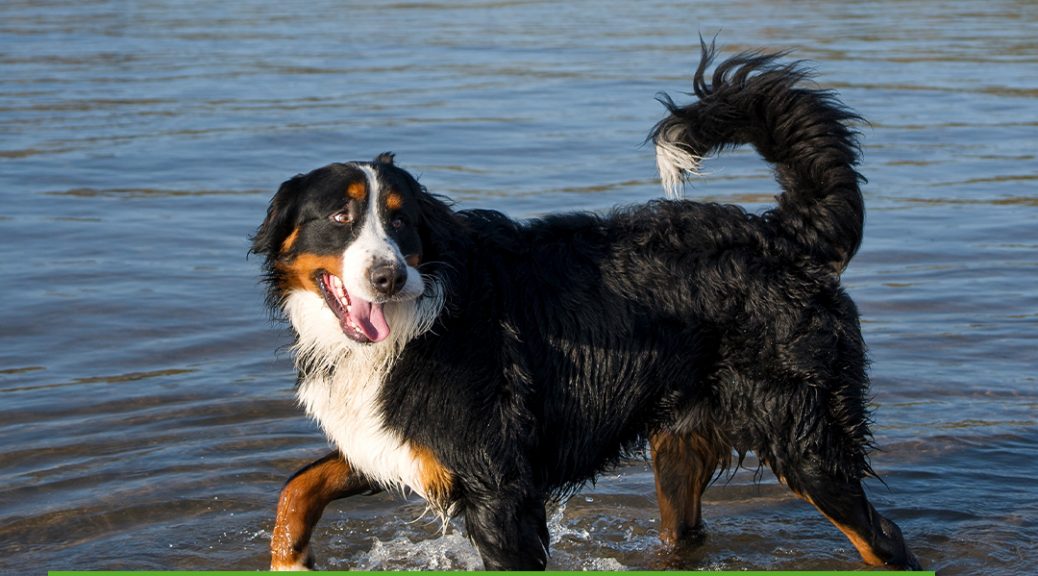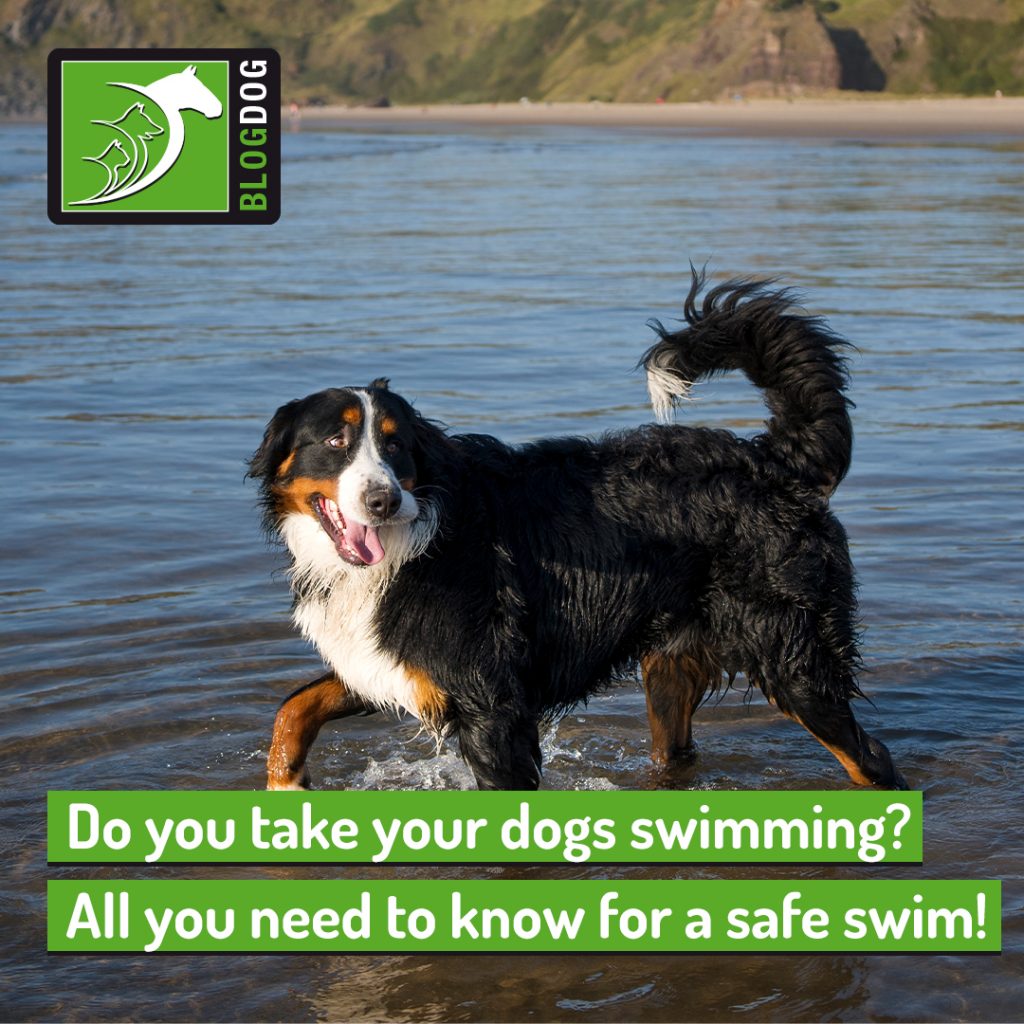Summer is just around the corner! The time for those perfect days spent outside is almost here, but are you ready to tackle everything that the good weather has to offer?
Taking your dogs out with you to places with tempting water, like the river, beach, lake, or even a small pond, is a popular pet outing, but it’s essential to be adequately prepared. Even the strongest doggy swimmers can suddenly find themselves in trouble!
Keep reading to find out how to make these summer days safe and relaxed.
Does your dog like to swim?
Swimming is an excellent exercise for dogs as it is an exciting low-impact option that mentally and physically stimulates your pooch.
Some dog breeds are tailor-made for swimming, while others aren’t keen on doing much more than dipping their paws in the shallow water. But even if your furry friend has all the physical characteristics of a great swimmer, they might not like going into the water at all!
Always respect your dog’s comfort levels, and don’t insist on doing things he or she might not want to do, as it can cause a lot of distress.
However, it’s possible to acclimatise your dog to being in the water and even get them to like swimming. The best way to do this is to start slowly with toys and treats and get in the water with him or her. As he or she grows more confident, you can encourage going to a deeper water level but take caution to always support your dog when he or she is starting out and, as you progress, make sure that they won’t drift away.
Do you have any pet-friendly swimming places near you?
Depending on where you live, finding a good place to swim might take some digging! Only some places are safe or legal for your dog to swim in, so do all the proper research before you load up your family in the car.
Regardless of where you take your dogs out for a swim, never leave them unattended and keep them close by or on a waterproof leash so you can act quickly if necessary.
Doggy pools or pet hydrotherapy centres:
If you’re looking for the safest experience possible, a doggy pool or a hydrotherapy centre for pets can be your best bet.
These places have specially designed pools that are easy for dogs to use and have appropriately trained staff to help you and your dog make the most out of this experience. To access these, you have to pay a fee, and you’re likely required to book a slot ahead of time so everything can be ready for when you arrive.
Lakes or ponds:
Lakes, ponds and slow-running rivers can be great swimming experiences for your dogs as the water is often less dangerous and has fewer chances of hidden debris.
Nevertheless, always check the location and weather before letting your dog jump in and keep an eye out for any warning signage at the site, such as blue-green algae blooms or dangerous currents.
If these places have a designated swimming area, stay on them to avoid disturbing other people or the local biodiversity.
Open sea:
Going to a pet-friendly beach can be one of the most fantastic summer adventures that we can have with our dogs but don’t forget that the sea or the ocean can be unpredictable!
Strong currents, large waves, hidden rocks and people with boats or jet skis can turn a great day into a rush to the vet, so do think about safety before letting your dogs go into the water. As the water conditions can change quickly, always pay close attention to what is happening around you.
Make sure safety is a priority
Swimming is a great exercise, but it’s easy for accidents to happen if you are not prepared. Knowing what might go wrong and preparing ahead are the best ways to ensure everyone has a great time.
Here are some of the most important things to keep in mind:
- Drowning can happen quickly and silently, so keep your dogs under close watch no matter what and consider fitting them with a life vest;
- If your dog falls into a dangerous current, do not jump in after him or her, as this might put both you and your dog in danger. Instead, call 999 and get the proper help.
- Have a fully stocked first-aid kit and the contact details of your regular vet or the vet closest to where you are.

